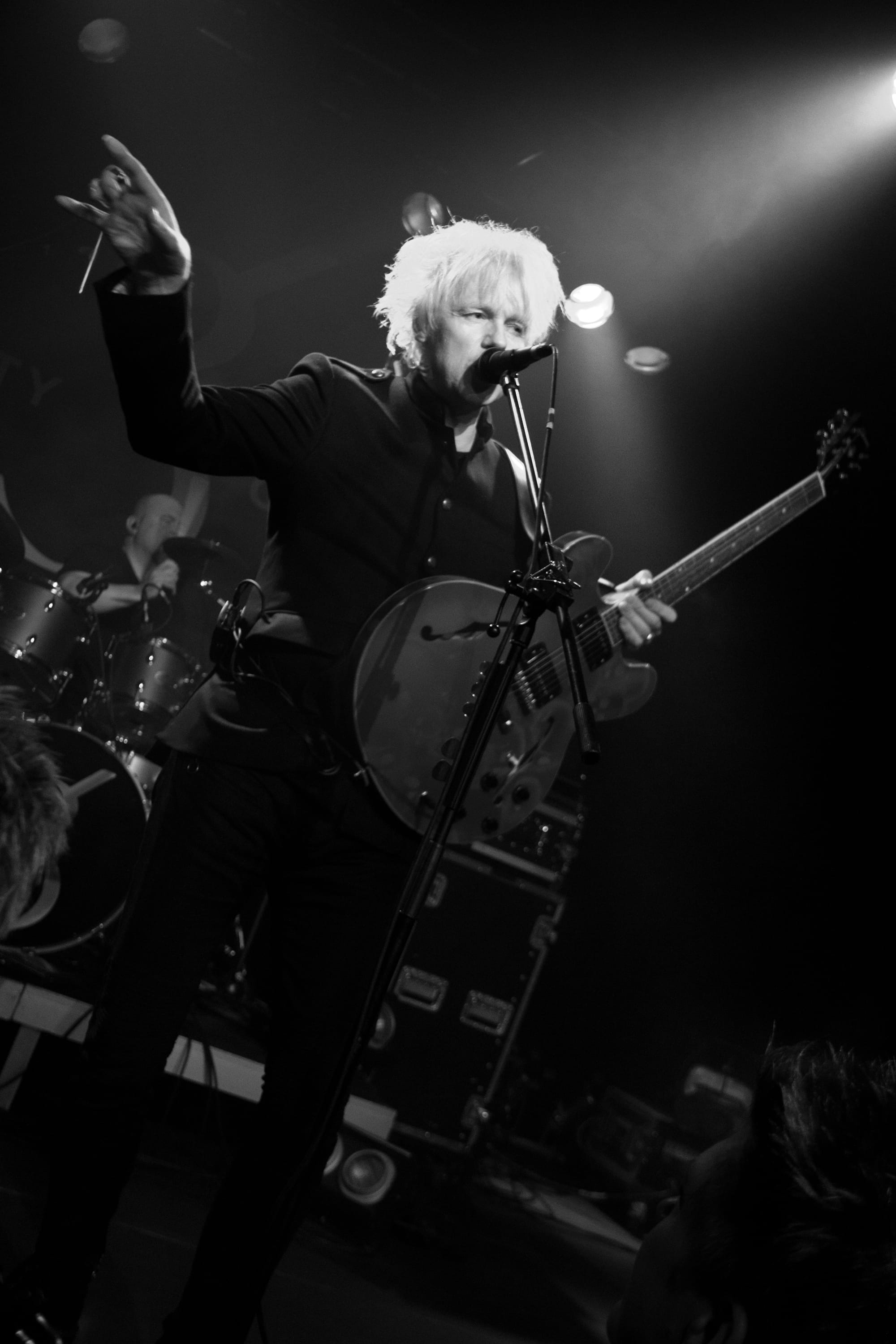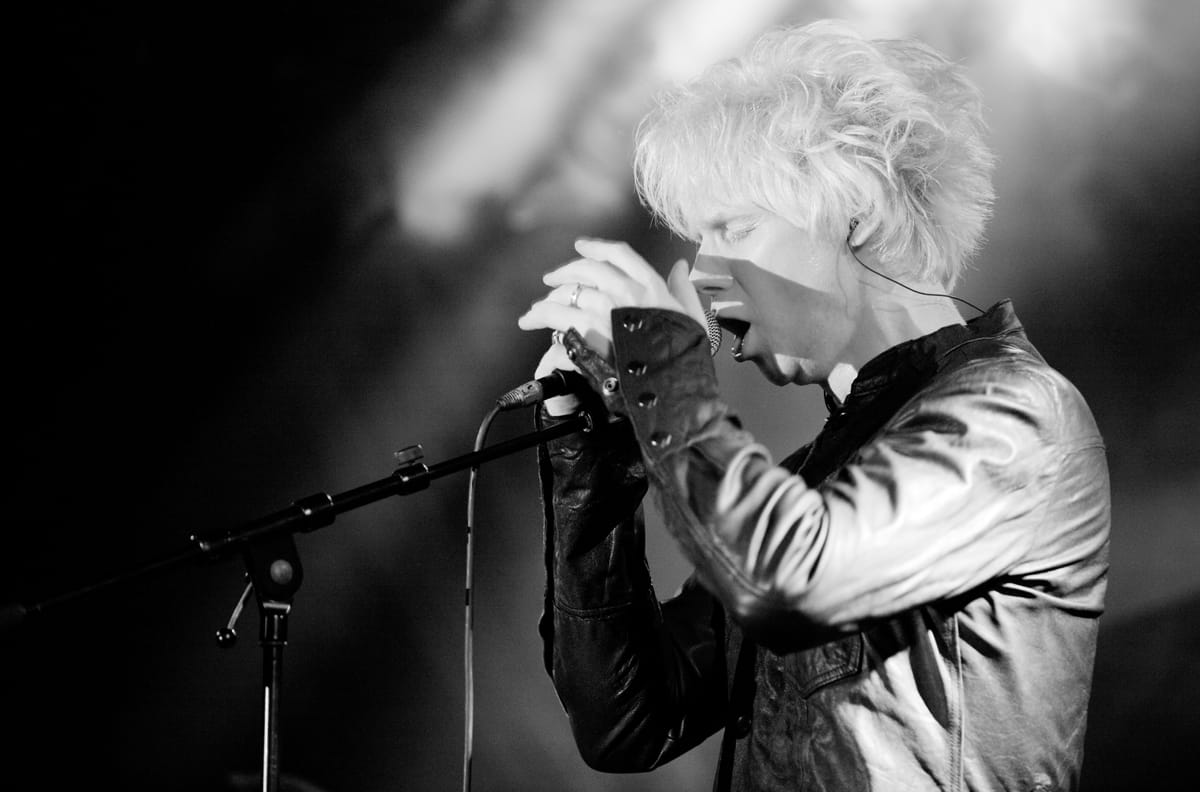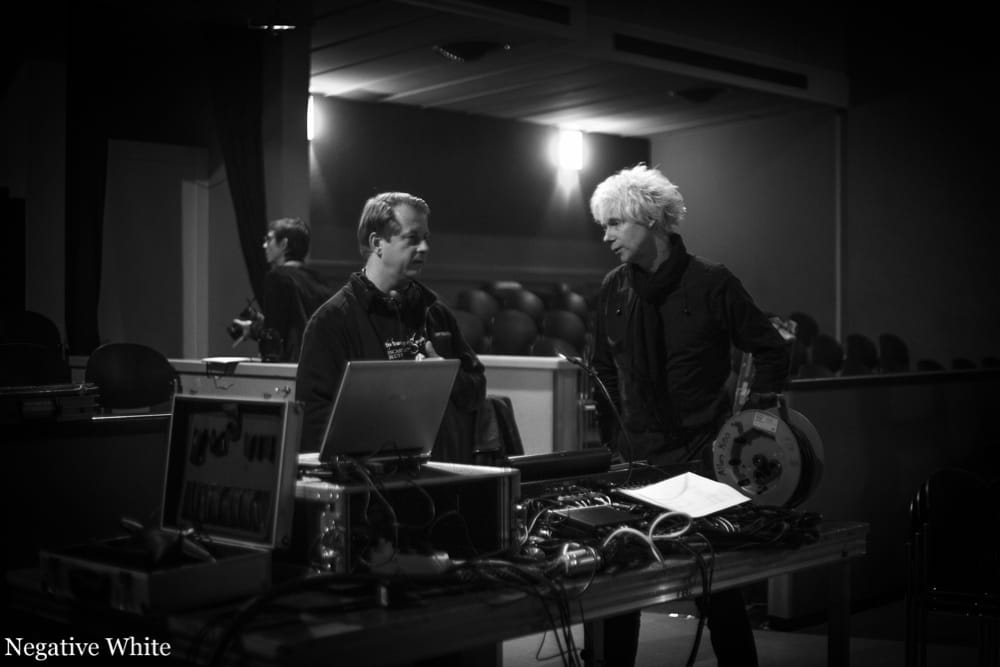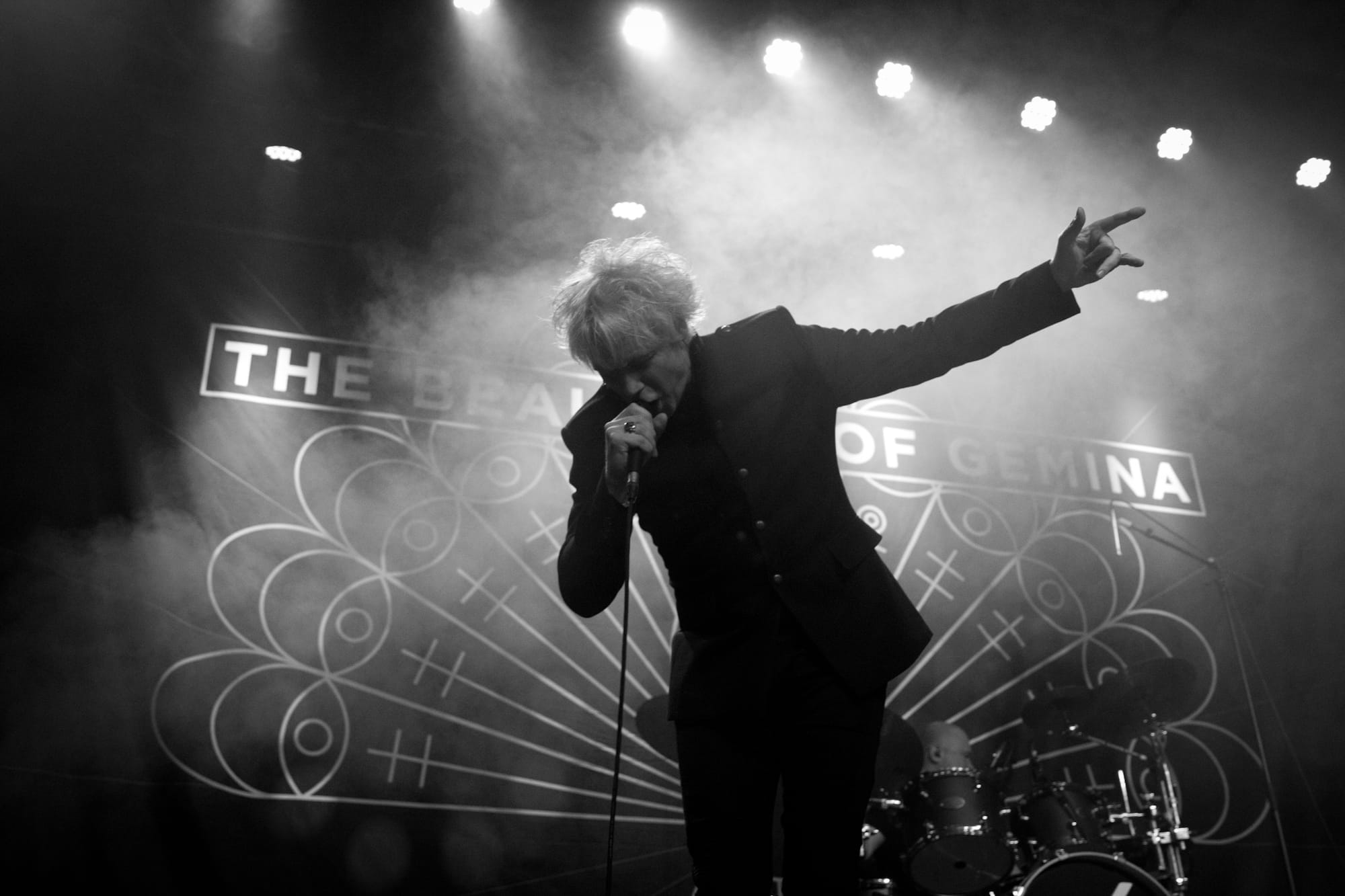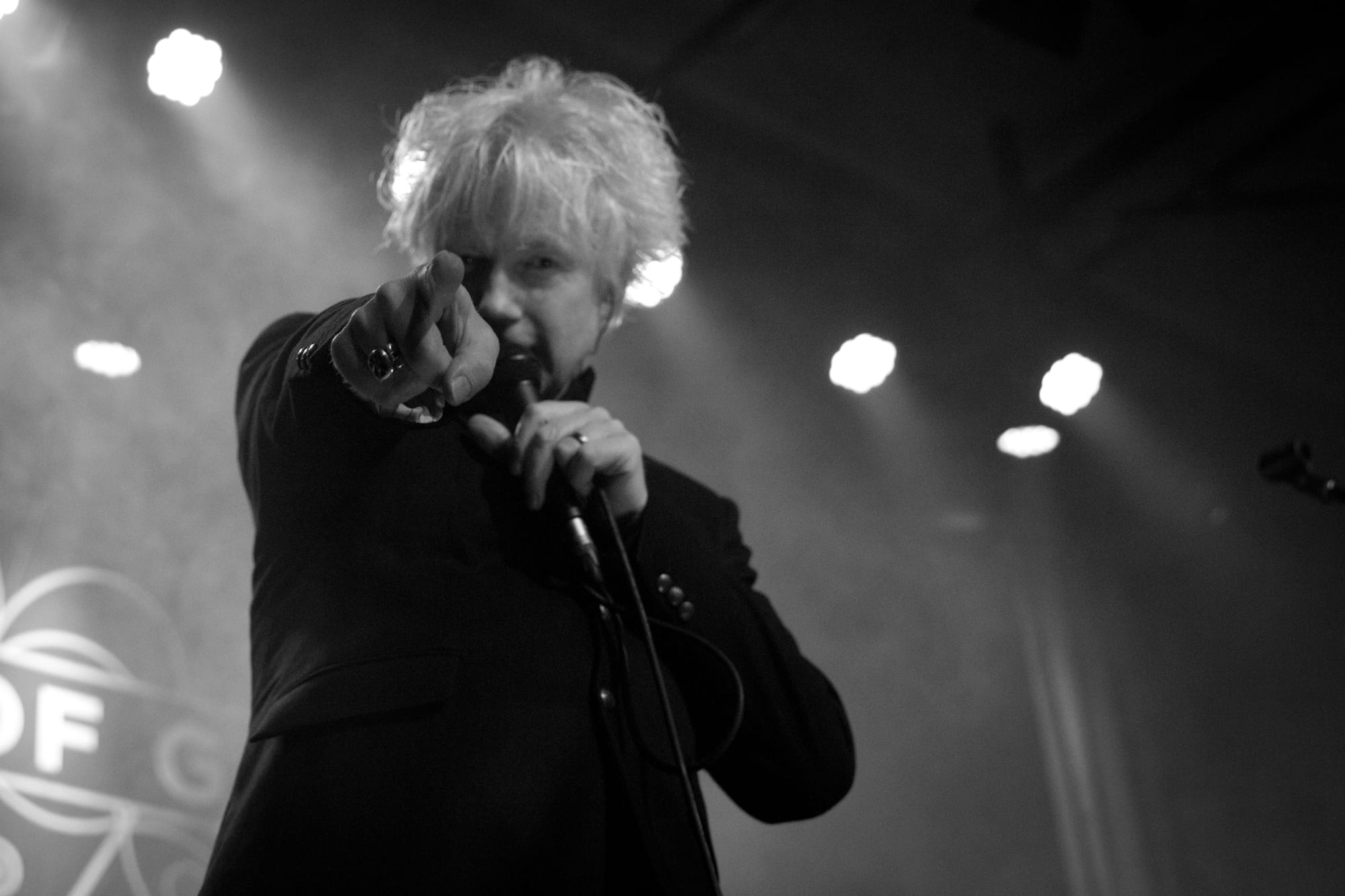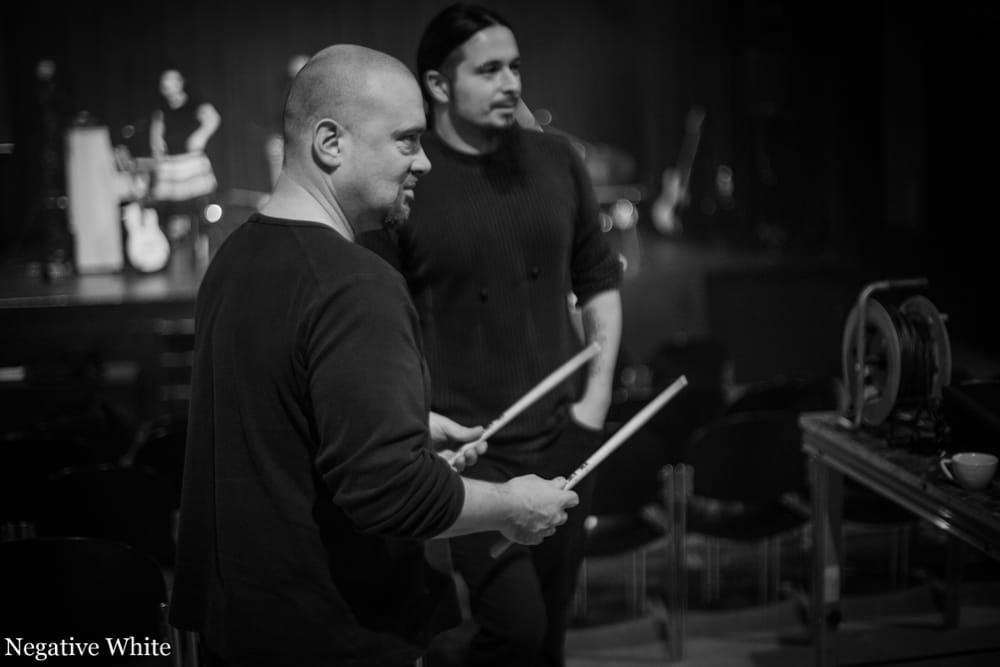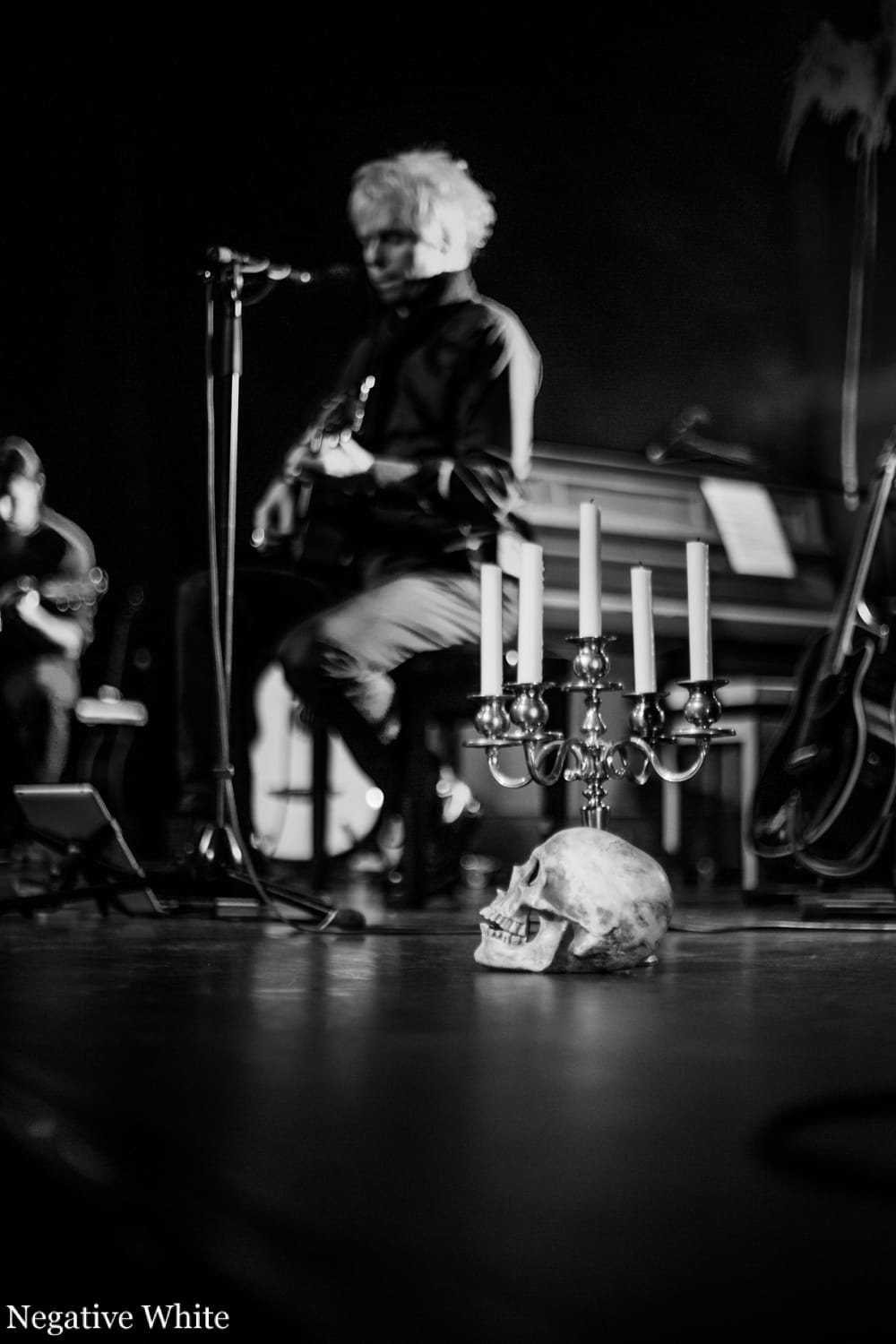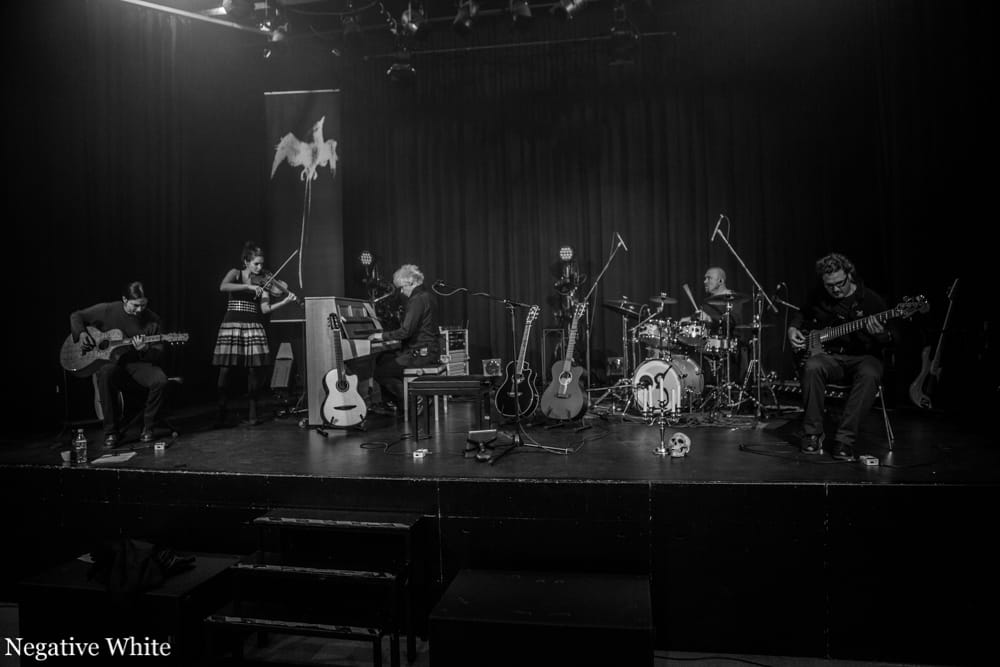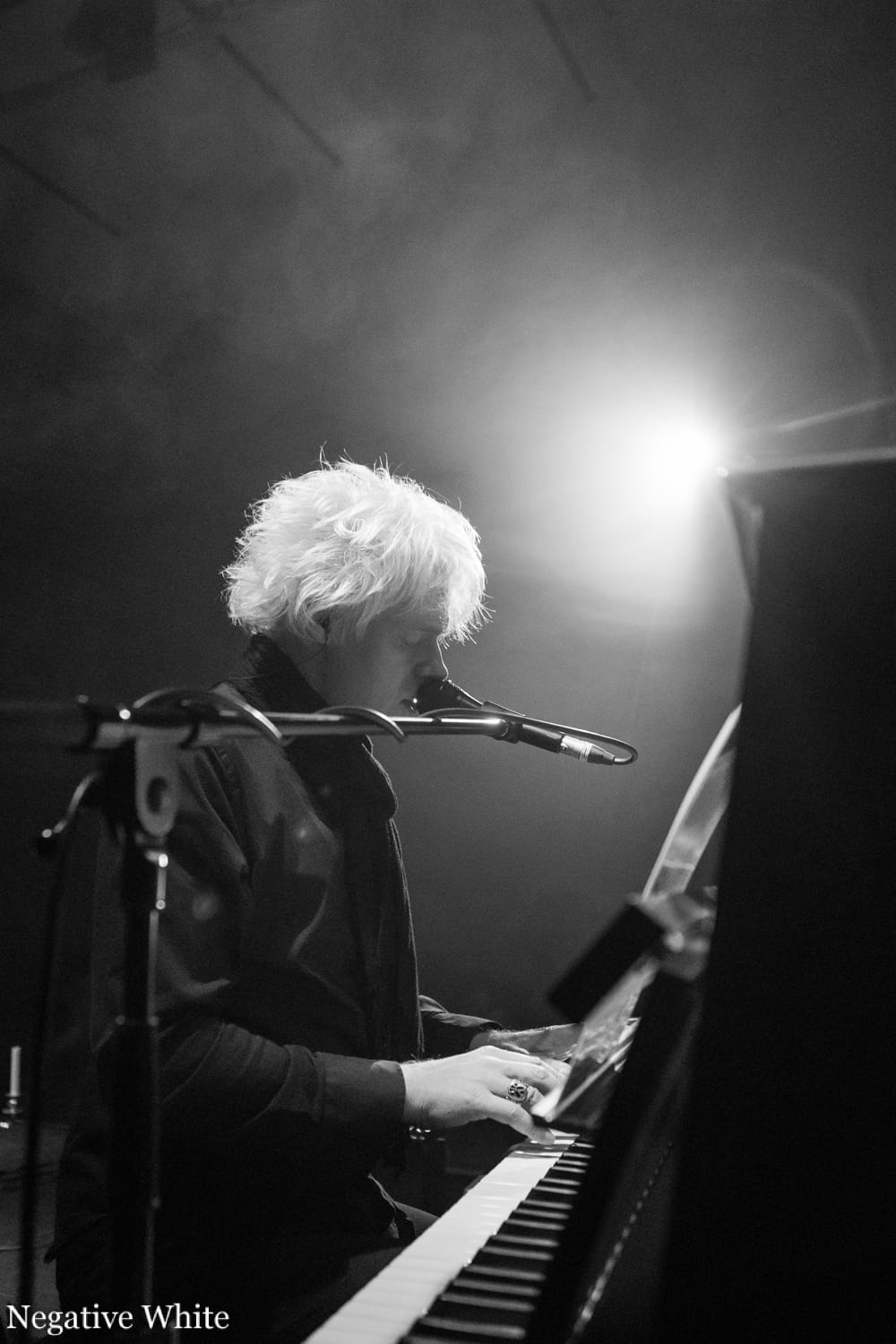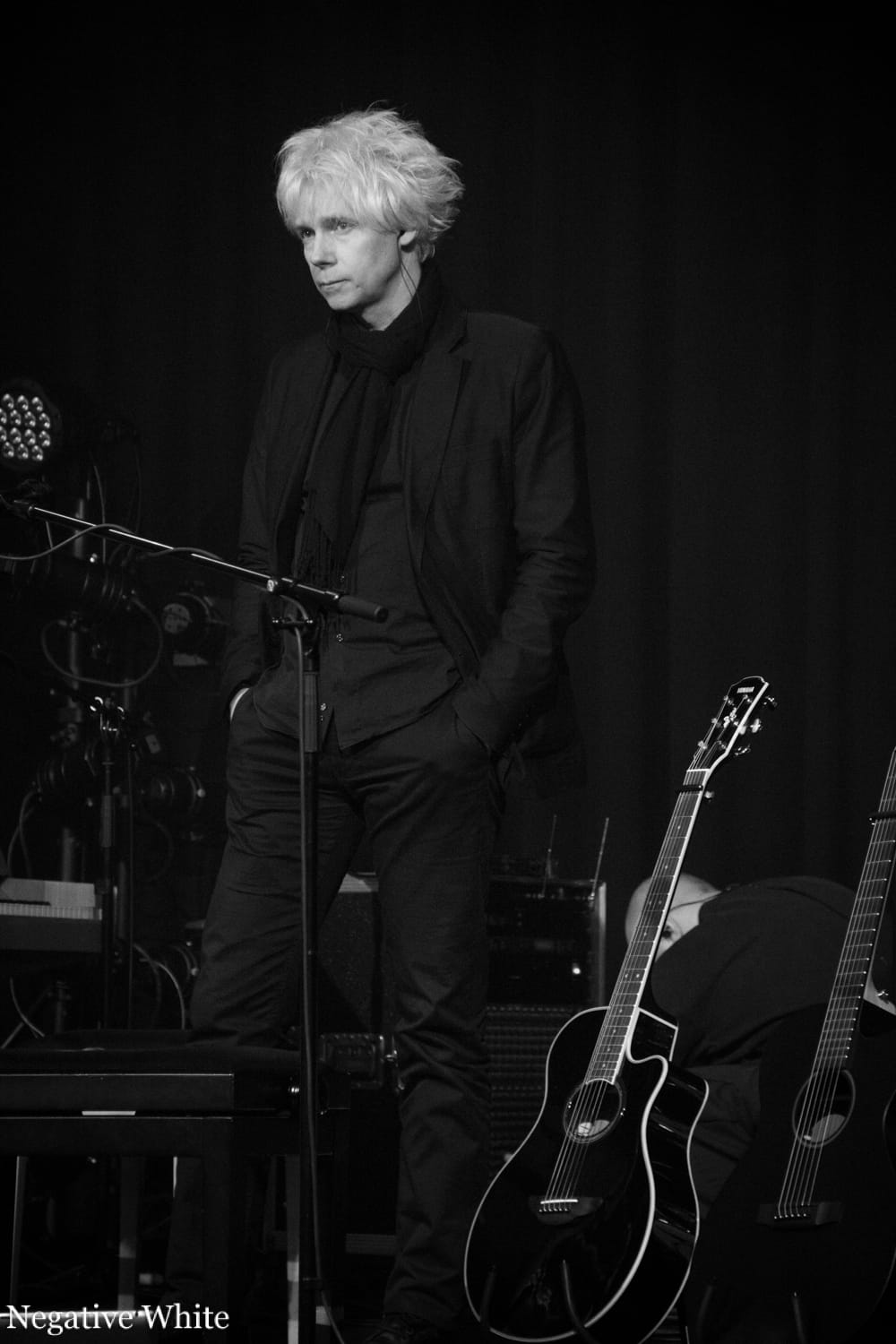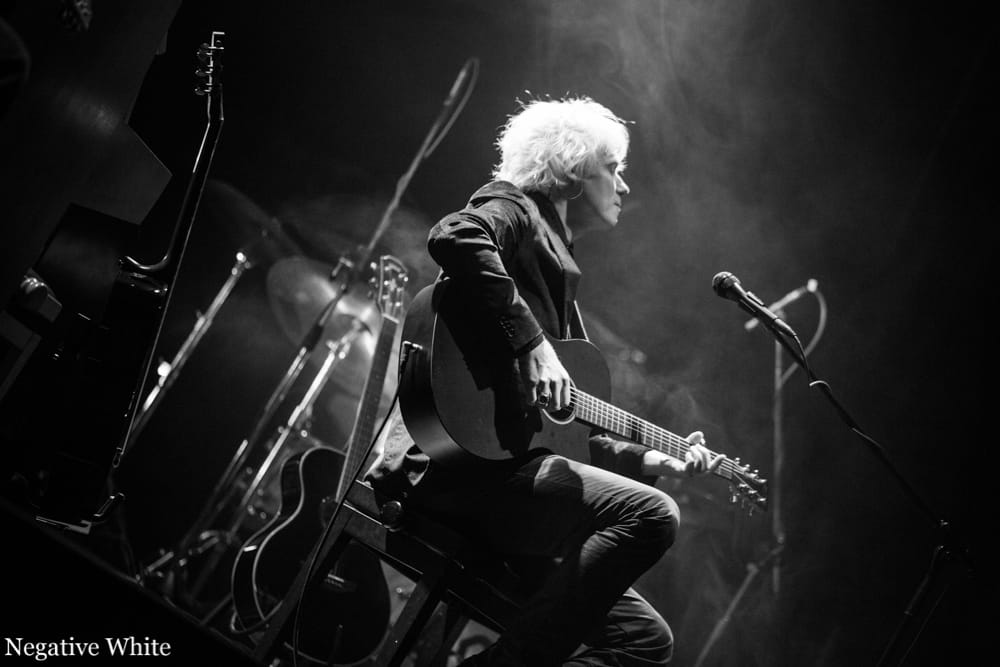Edition #124
In the last edition before the summer break, we recommend the new songs by Nebno, SPINN, Imogen and the Knife, Panik Deluxe, and Neumatic Parlo.

After today's edition, Weekly5 will go on an extended summer break for a couple of weeks. It is time to rest, reflect, and regroup—as 2024 shapes up to be the busiest year in Weekly5's history. With 16 more editions planned in the coming months, the glorious number of 200 curated songs seems finally in reach.
Weekly5 will be back on September 1. Until then, I leave you with today's five chosen tracks, our «Anthology», and a teaser that there will be surprises coming your way.

Nebno – Love Is a Special Thing
Counteracting the summer heat, Nebno floats and meanders with an ethereal cool breeze over the vastness of her compositions. Love Is a Special Thing—densely layered and colliding between symphony and electronic avant-garde—is the Swiss artist's latest and most impressive soundscape so far.
SPINN – On & On
If you sit in a fast car, the landscapes start to blur and melt together. The same happens in Liverpool-born SPINN's new track, On & On. With a hasty groove and playful guitar melodies, it's indie rock's blueprint. But you can also taste the flavours of catchy pop and even a hint of post-punk here and there.
Imogen and the Knife – Red (Is My Colour)
The EP Some Kind of Love by Newcastle's singer-songwriter Imogen and the Knife is a striking work of beautiful, comforting melodies and poetic depth—best exemplified by Red (Is My Colour). Dark yet soothing, minimalistic and bombastic, this song is a gripping ballad.
Panik Deluxe – twigs
Harsh, dangerous, and dark, it hails from Austria's capital. Vienna roams the night to Panik Deluxe's new single, twigs. Her voice almost drowns, pushed down deep by the loud synth hook. But there are moments of an almost sonic loveliness in this story about the betrayal of trust.
Neumatic Parlo – carnage
A splash of punkish indie-rock hits the surfboard of Neumatic Parlo, a band that sounds so quintessentially British that the fact they are from Dusseldorf, Germany, hits you like the breathless, die-another-day energy they hurl towards us in their new track, carnage. What a teaser for their debut album!
You can listen to today's curation on selected streaming services:
Spotify • Apple Music • YouTube Music • Bandcamp
Edition #123
In today's edition, we recommend the new songs by Kaktus Einarsson, Raskolnikov, Kitty Solaris, Komodo, and CLÅRA.

We are soon approaching the summer break. Next week's edition will be the last for a while, but at least one special is already in the making. So, don't go anywhere—also because today's selection features some intriguing tunes.

Kaktus Einarsson – Be This Way (feat. Nanna)
Be This Way is a softly performed duet by the Islandic artists Kaktus Einarsson and Nanna Bryndís Hilmarsdóttir, frontwoman of Of Monsters and Men. The playful, almost whimsical composition—together with their voices—radiates warmth, intrigue, and curiosity.
Raskolnikov – L'irréparable
Post-punk meets poetry in Raskolnikov's second teaser for their third album. The trio, spanning Switzerland, France, and Spain, sets the 1857 poem Les Fleurs du Mal by Charles Baudelaire to music. L'irréparable sounds haunting and demands attention.
Kitty Solaris – Follow The Beatniks
A laid-back, smooth groove welcomes you into Follow The Beatniks by Berlin-based Kitty Solaris. Drawing the line between the Beat Generation and today's social media craze, the song covers the relaxed surface with thoughtfulness. An invitation for reflection.
Komodo – Rat King
Tasty, groovy, and a bit dangerous: Dutch rock band Komodo unifies psychedelic influence, desert blues, surf-rock, and even Indian Raga into a captivating sound—danceable, irresistible. Rat King spreads a familiar vintage vibe with sprinkles of exotic sounds.
CLÅRA – alles/nichts
CLÅRA, a 19-year-old German newcomer, meanders between indie-pop and trip-hop. Her second single, alles/nichts, is a short affair—minimalistic yet somehow ethereal, like flickering lights in a foggy urban night. A sound and an artist worth watching.
You can listen to today's curation on selected streaming services:
Spotify • Apple Music • YouTube Music • Bandcamp
Edition #122
Today, we recommend the new songs by Mayflower Madame, Little Element, Palinstar, Baby Smith, and Vanarian. Discover here.
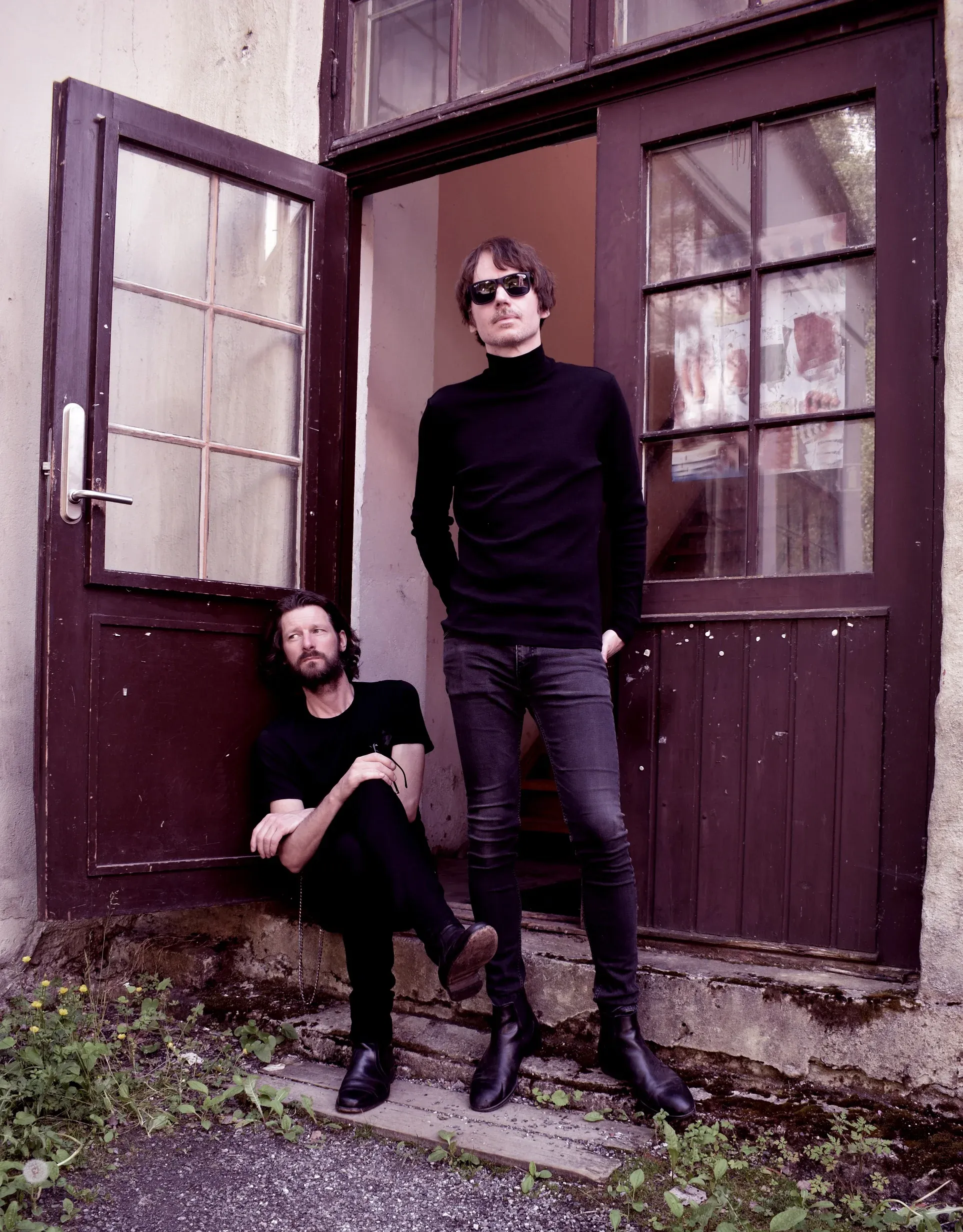

Mayflower Madame – Paint It All In Blue
In Paint It All In Blue, a teaser of their upcoming album, Norwegian duo Mayflower Madame roams the sombre field between psychedelic krautrock, hypnotic shoegaze and melancholic post-punk. But from this initial darkness, there shines a beautiful, melodic light.
Little Element – High Tide
As a sonic chameleon, Austrian artist Little Element effortlessly blends shades of colours and sounds. There is so much going on, so many elements adding to its unpredictability. High Tide is a fluffy, summery sound—irresistibly groovy spreading good vibes.
Palinstar – It's Time
It's Time for the debut single of acclaimed Swiss multi-instrumentalist Palinstar. Absolutely exquisite indie rock sound awaits you, flavoured with the heritage of previous decades yet dusted off by bold choices, fresh gimmicks, and heartfelt honesty. I can't wait for more.
Baby Smith – Dressing Gown
Two Australians who met in Berlin. Ray Sonder and Saxon Gable formed Baby Smith, and their new single, Dressing Gown, is a shining example of their emotive collaboration: A smooth but also expressive song, balancing quiet moments with loud explosions.
Vanarin – A fly on the wall
Vanarin is an Anglo-Italian band on a mission to explore the weird worlds of psych-pop. With A fly on the wall—the first single from their upcoming third record—they provide a stunning mix of unusual sounds that collide with a captivating, funky indie sound.
You can listen to today's curation on selected streaming services:
Spotify • Apple Music • YouTube Music • Bandcamp
Demonic Violins
RAVAGE premiere their new track «Demon Lover» today. It is a daring, haunting sound.
The sound is like a hellish abyss—noisy, loud, and chaotic. A swirl of sound, a dance of two devilish violins whipped by an unforgiving drum.
Demon Lover by French trio RAVAGE is an experiment exploring the wild, sometimes dark underbelly of noise and doom. And, frankly, it is not for everyone.
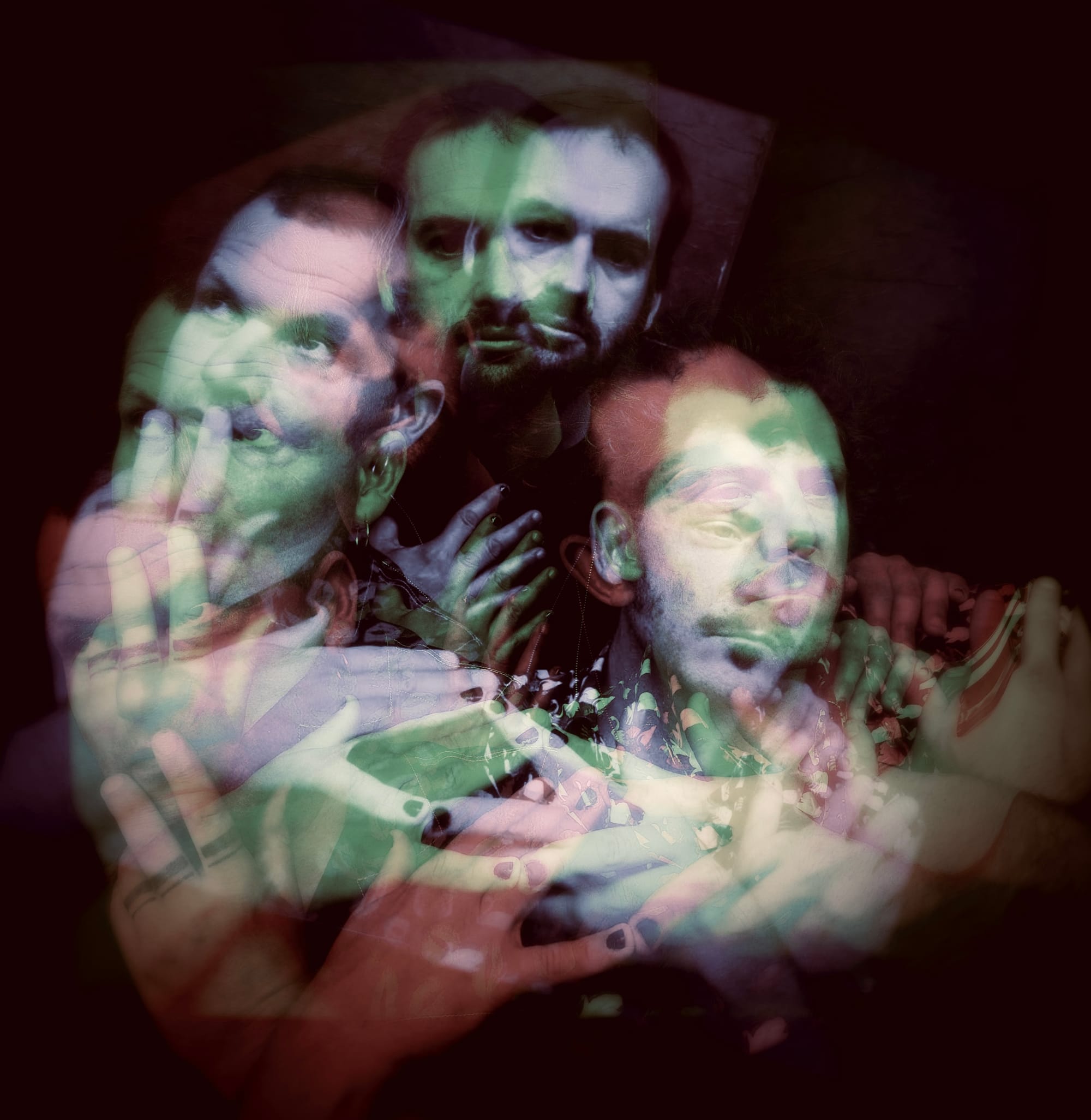
Bastien Pelenc and Mathieu Werchowski extract a range of haunting sounds from their violins that sound as loud and bulldozing as a post-rock band. Adding Anthony Laguerre's daring extended drums, their song becomes the soundtrack of an ungodly ceremony. Archaic, blasphemous, but highly intriguing.
The track celebrates its premiere today with Negative White:
The video, recorded in May 2023 by Pierre Veyser at the band's first residency at La Fonderie du Mans in France, feels like uncovered footage of a ritual where the band conjures these extreme sounds—growing more unstable with the musician's relentless escalation.
But as contemporary and maybe weird Demon Lover seems, it is nothing but captivating in its ferocious delivery—and an appropriate teaser for what might come in the future of RAVAGE.



